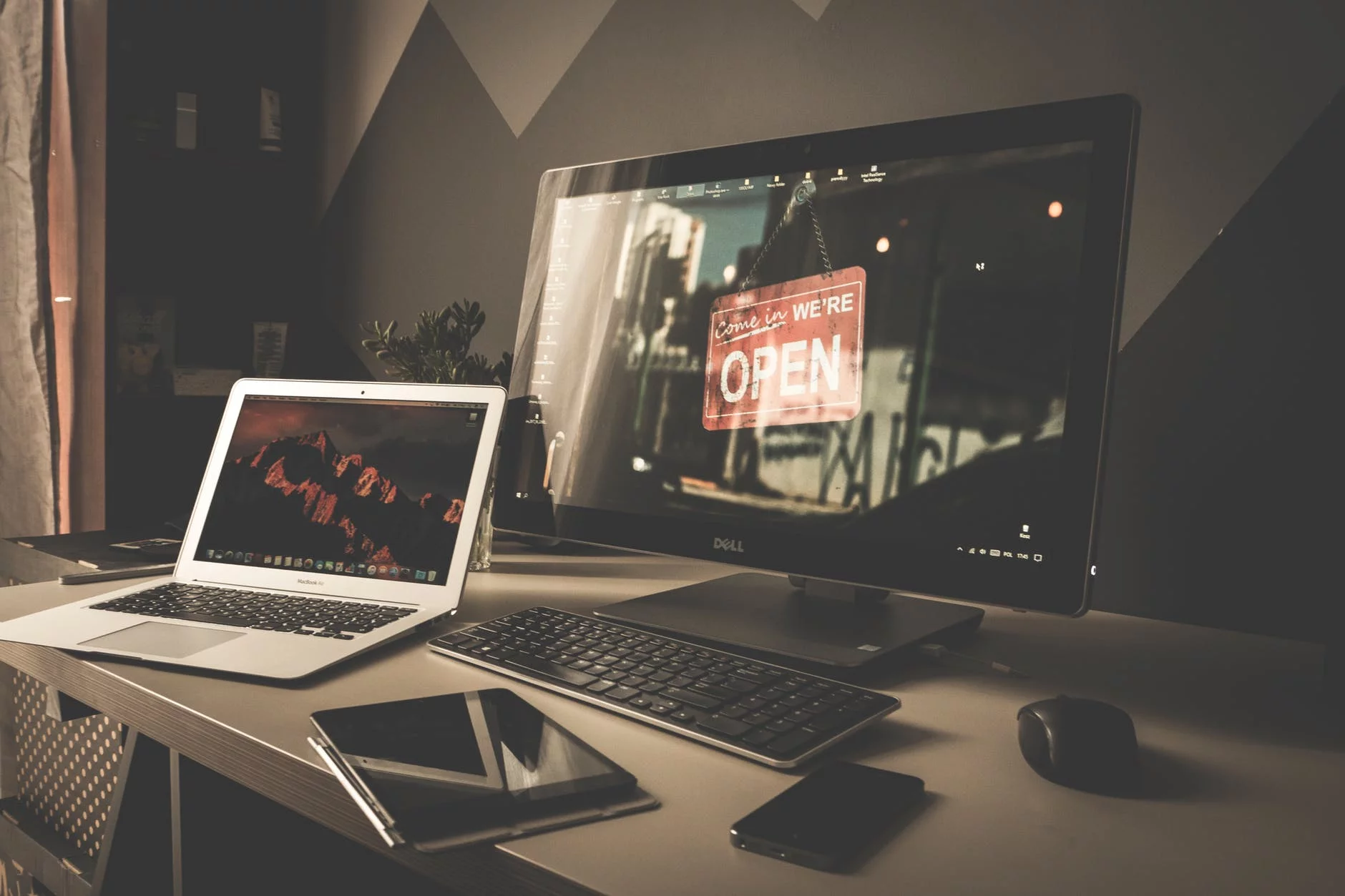The operating system you choose affects how you operate your business. From how fast your employees can accomplish tasks to how much of your budget you have to allocate to IT, your choice of OS matters greatly. This article covers all the major consideration points to help you make the right decision for your company.
Familiarity
Familiarity with an OS means you won’t have to devote any resources to training workers on how to use it. There will be less lead time and fewer mistakes in the workflow. Everybody can just do their jobs from the start.
There is no denying the fact that Windows has long held the title of being the most dominant desktop OS. It has a staggering 88% market share. In comparison, Mac OS only has around 9% of the market. These numbers make it extremely likely that you and your staff are more familiar with using Windows and Microsoft Office apps such as MS Word, MS Excel, and MS PowerPoint.
However, there is a widely held belief that creatives prefer using Mac OS. History plays a huge role in that preference, as many popular design apps like Photoshop were originally made for Macs and updated with the OS in mind. Sleek aesthetics and user-friendly UI also make creative types gravitate toward Macs.
Flexibility
Whether it’s small business owners who need to work around limitations or enterprise-level companies that have departments with different needs, options are always welcome.
Going with Windows is the clear answer here if flexibility is crucial to your business’ success. The OS is platform-agnostic, so you can run it on just about any hardware setup.
You have the freedom to customise computers running Windows to meet your demands, from expanding their storage space with additional hard drives to improving their performance with a better processor or with more RAM. There is also a wide variety of pre-built PCs and laptops with prices and specifications that cater to specific audiences. You can even run Windows on Macs with Boot Camp.
Mac OS, however, is directly tied to Apple’s much smaller line of desktop and laptop computers. The latest iMacs and MacBooks have incredibly limited upgrade options, and you can’t just add or swap out parts.
If Excel is your thing, you’d rather use is on a PC. Similarly, Outlook proves more functional on a Windows computer. Certains Business Apps are written for PCs so keep that in mind when picking your system.
If you use Sage for your accounts, be careful – it won’t run on a Mac (unless you use Parallels, which users can find very confusing).
Security
Cybercrime is becoming more of a problem as tech becomes more integrated into business. 32% of UK businesses identified a cybersecurity attack in the past 12 months. 44% of UK consumers say they will stop spending with a business for months after an attack, while 41% say they will stop completely. Data breaches cost UK businesses an average of $3.88 million (£3.11 million).
The one glaring downside of the ubiquity of Windows is that cybercriminals target the OS in a similarly disproportionate manner. According to Malwarebytes’ 2020 State of Malware Report, out of the 50 million Windows malware detections in 2019, around 9.5 million were from businesses. In contrast, there were only 11 million detections from Mac users in total.
Regardless of OS, however, you need to invest in antivirus software and cybersecurity solutions if you choose to go with Windows and want to ensure your business is safe.
Reliability
Keeping operations as smooth as possible requires that the tools you are using perform reliably. Dealing with downtime spent on maintenance impacts your bottom line, so you want to have as little of it as possible with equipment that just works and does so for a long time.
The relatively open nature of Windows and being able to configure the hardware you use with it leave the OS vulnerable to all sorts of tech issues. From improperly installed computer parts to incompatible drivers to inconvenient system updates, using Windows can be a frustrating experience.
Macs come as they are with little to no tinkering required to maintain them. You don’t have to worry about opening them up to replace anything, as their build quality is known for longevity. The closed systems of Mac OS also make it more stable than machines running Windows.
Branding
The image your business projects should be consistent through every facet of your organisation, especially the consumer-facing departments. This goes down all the way to the tools and products your customers and partners see you using, including your choice of OS.
Windows doesn’t necessarily leave a distinct impression. It’s the standard OS that the majority of computer users are familiar with. It’s seen as a basic, no-frills platform for getting simple work tasks done.
In line with the rest of Apple’s branding, Mac OS exudes an air of high status and creative sensibilities. The white and grey palette and the deluxe designer builds of iMacs and MacBooks ooze with style. People instantly recognise the brand, and they associate those who use such products with prestige and credibility. College and university students prefer to use a Mac over a PC, too, giving the OS an edge with young adults entering the workforce.
Price
No matter the size of the business, every expense is carefully considered to guarantee profitability. The cost of the OS you decide to use for your company should also be weighed to get the most out of every pound you spend.
The flexibility that Windows has with the hardware you can use to run it translates to the multitudes of price options available. You can purchase the most stripped-down computers with basic functionality for cheap, go all-in on the technical specifications for the most high-end machines that cost a small fortune, or find something in the middle with a balance of performance and budget. You can spend anywhere from £400 to £2000 and upwards on a Windows PC.
Apple only offers its products at premium price points, and Mac OS-based computers are no exception. The most affordable item in their latest offerings is the MacBook Air, a lightweight laptop that costs £999 for the model with smaller storage. MacBook Pros range from £1,299 to £2,799. iMacs, Apple’s desktop products, retail for as low as £1,049 for the basic version to as much as £2,249 for the Pro version. Lastly, Apple’s business-class workstations called Mac Pros go for £5,499 and £5,999.
Maintaining and upgrading Windows PCs, in the long run, can be more expensive over time compared to the hefty upfront cost of buying a Mac OS computer that will be good for longer.
Choose What’s Best for Your Business
There are clear benefits and drawbacks to both operating systems for business owners.
Windows is the industry standard, and it offers the most options in terms of functionality and price. However, cybersecurity and longevity can be concerns. Mac OS, on the other hand, is known for its stability, support for creatives, intuitive design, and for being a marker of credibility. You do have to spend a lot more, and you have very few options to choose from.
Ultimately, your decision depends on what your business needs and the resource restrictions you may have.
ALL ARTICLES
